Type of resources
Topics
INSPIRE themes
Keywords
Contact for the resource
Provided by
Formats
Representation types
Update frequencies
status
Scale
-

The IPICS-2kyr-Italia project, through multiple perforations in the Antarctic ice sheet, aims to provide new data on climatic variability over the last 2000 years. The ice caps of the polar caps are valuable natural archives of the Earth's climatic and environmental history. The extraction of the snow and ice cores have taken place during the summer campaign of the Italian expedition to Antarctica 2013/2014. The drilling site GV7 (70°41'S, 158°52'E; 1950 m), chosen for the high snow accumulation, is about 500 km from Mario Zucchelli Station. Drill up to 250 - 500m. Core samples will be studied by chemical, isotopic and physical analyses of the dust and gases contained in the ice. It will thus be possible to reconstruct the evolution of temperatures, the composition of the atmosphere and atmospheric circulation, the frequency of volcanic eruptions and the air pollution produced by human activities over the last millennium with considerable temporal detail.
-
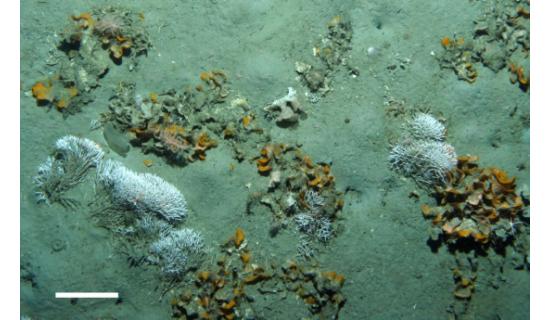
BIOROSS will explore these unique benthic ecosystems of the Ross Sea focusing on bryozoan, coralline algae, cold-water coral and calcifying sponge bioconstructions and their associated communities in order to build vulnerability maps related to global threats (ocean acidification and global warming). To understand the distribution and extent of the Ross Sea bioconstructions, the international team of BIOROSS will study the Antarctic material already available from PNRA and NIWA collections and take part to a new seabed exploration and collection in the Ross Sea on board of R/V Tangaroa. The multidisciplinary approach will address questions on the structure and functioning of builder species and associated communities by means of a suite of cutting-edge instrumentation for offshore survey and sampling, and state-of-the-art analytical facilities and methods, including multibeam echosounders, towed camera, DNA-barcoding, electron microscopy, computed tomography and mass spectrometry.
-
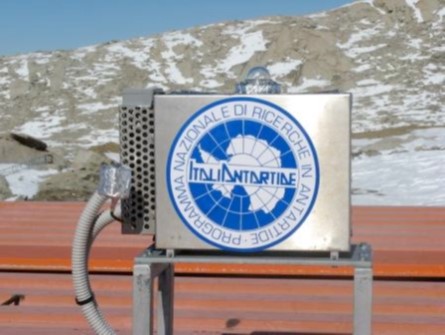
The UV spectral measurement at ground it’s a diffuse method to determine the stratospheric ozone content. The main objective of the project was the assembling of the UV filter radiometer (named F-RAD) for the measurements of the Sun global irradiance at the Mario Zucchelli Station (MZS), Terranova Bay, Antarctica. The main parts of the instruments are: the entrance radiation optical system, the filters selecting the wavelength of interest and the control system, hardware and software, governing all the measurement steps. The main requirements were: time resolution of one minute and spectral resolution less than 1 nm. The researchers of the project have been participated at two Antarctica campaign, the XXI campaign, 2005, and the XXV campaign, 2009. - XXI Campaign: the radiometer was tested in the Antarctica environment in order to check the reliability of the different components and the optical stability of the filters. - XXV Campaign: the radiometer F-RAD was definitively placed on the roof of one of the MZS building and connected with the Local Area Network of the base. the UV data were daily downloaded in Italy. The spectral UV data acquired with high time resolution, each wavelength was measured 1430 time per day and high spectral resolution, the filters have a FWHM of 0.5- 0.8 nm. F-RAD was placed in Antarctica in November 2009 and works properly, the different parameters are checked daily.
-
Purpose: The project aims to study the super-cold currents of the Ross Sea by combining the performance of the SARA Submarine Robot with the navigation support provided by the RAS land vehicle, used in parallel cruises under and above the ice, respectively. Year 2005 In Antarctica: no activities. In Italy: completion of activities planned in PEA 2003. Preparation of a test campaign of the systems developed for SARA; installation of a CTD sensor on board; evaluation of the performance of the navigation system, measurement of the effective usability of an acoustic communication channel.
-

The Observatory main purpose is to contribute to the monitoring of global climate change monitoring standard meteorological parameters. The automatic weather station Alessandra is located in Cape King (73° 35′ 10″ S - 166° 37′ 16″ E) at 160 m of altitude, where has been installed on the 1st February 1987. It acquired, all year round, the meteorological variables of wind velocity, wind direction, temperature, pressure, relative humidity and solar radiation.
-
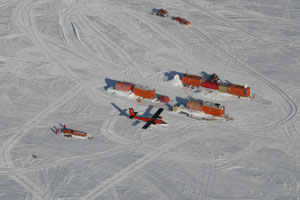
The project aims to estimate the current mass balance of glaciers and in particular of the Antarctic ice sheet by studying the space-time variations of the balance of snow accumulation through the integration of meteo-climatic and glaciological data. Analysis of weather-climatic and snow measurements collected by AWS stations (Dome C, C3, High Priestley, Talos Dome and a Nansen Ice Sheet) using sensors for measuring snow transport and measuring poles. Snow radar data collection of the Dumont d’Urville-Dome C traverse. Analysis of the chemical and isotopic composition of the collected snow samples. Analysis of satellite data to define the path of the Talos Dome-Dome C-Vostok-Dome B-Dome A crosspiece. High resolution chemical / isotopic analyzes (samples in trenches) for the study of post-depositional diffusion / re-emission processes that occur in the part of the snow closest to the surface. Study of the spatial variability of the snow accumulation at the TD site and along the ITASE traverse. Continuation of the analysis of the samples and geophysical data collected in the previous ITASE traverses.
-
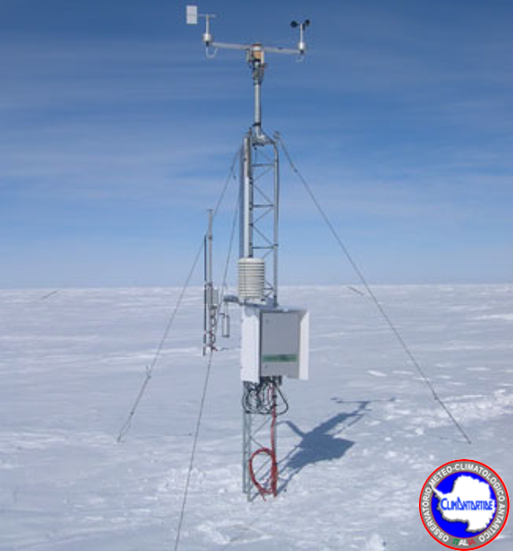
The Observatory main purpose is to contribute to the monitoring of global climate change monitoring standard meteorological parameters. The automatic weather station AWS Paola is located at Talos Dome (72° 49′ 45″ S - 159° 11′ 36″ E) at 2370 m a.s.l., and has been installed on the 26 january 2003. It acquired, every hour, all year round, the meteorological vaiables of wind velocity, wind direction, temperature, pressure and relative humidity, plus snow height acquired as daily averages.
-

The Ice-ClimaLizer research investigates the role of two Antarctic bioconstructional and bioindicator organisms (bryozoan and coralline algae), responsible of promoting marine biodiversity, as proxies of environmental conditions (temperature, light intensity, pressure, oxygen, conductibility and pH). An experimental laboratory has been placed in Tethys Bay (Ross Sea) at 25.5 m deep. The project will compare 1 year of environmental data obtained via continuous recording (every hour) by CTD probe with reconstructed data obtained via geochemical proxies of skeletons/thalli of the investigated species. Data are collected from November 2018 to November 2019.
-
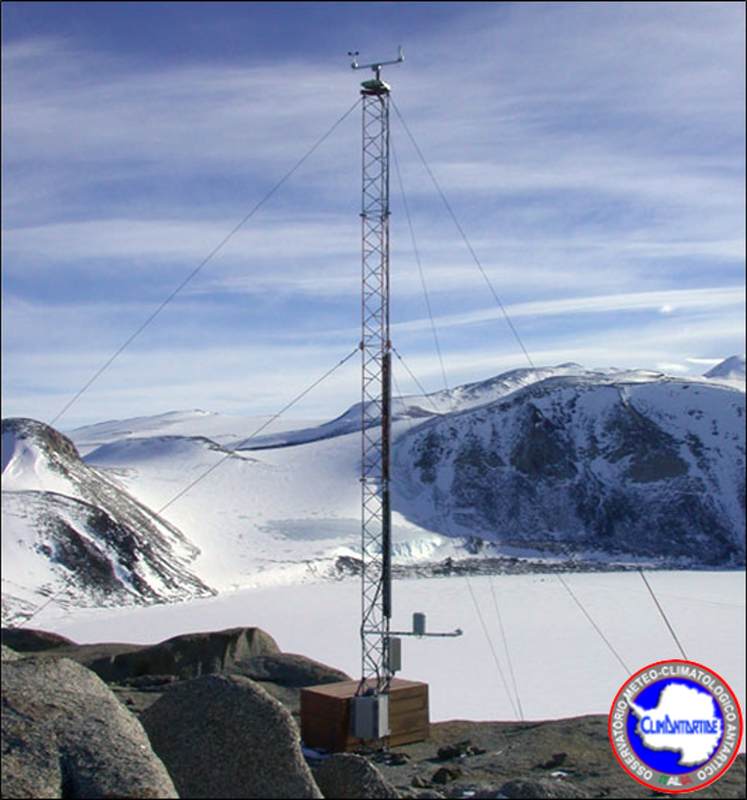
The Observatory main purpose is to contribute to the monitoring of global climate change monitoring standard meteorological parameters. The automatic weather station AWS Eneide is located at Mario Zucchelli Station in Terra Nova Bay (74° 41′ 45″ S - 164° 5′ 32″ E) at 91 m of altitude, and has been installed on the 7 January 1987. The meteorological parameters monitored are: temperature, pressure, relative humidity, wind speed and direction, and solar radiation. Standard surface measurements. This data collection is carry out every hour and every minute, only during the season of opening station.
-

In the MAss LOst in wind fluX (MALOX) project the automatic weather station AWS Virginia purpose is to contribute to the monitoring of global climate change monitoring standard meteorological parameters. The AWS is located at Inexpressible Island (74°56’S 163°41’E) at --- m a.s.l., and has been installed on the ---. It acquired, every minute, all year round, the meteorological vaiables of wind velocity, wind direction, temperature, pressure and relative humidity.
 ENEA Antarctic Data Center
ENEA Antarctic Data Center